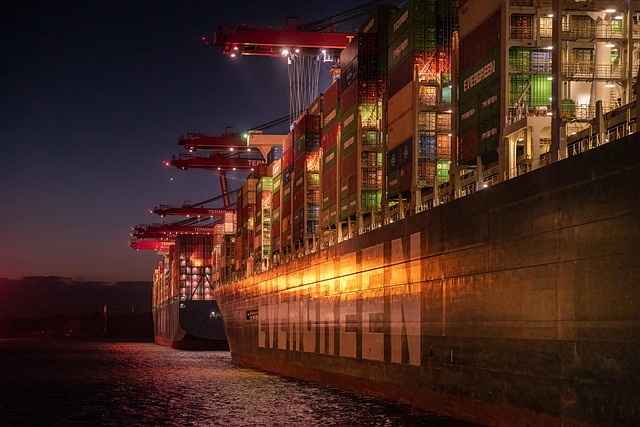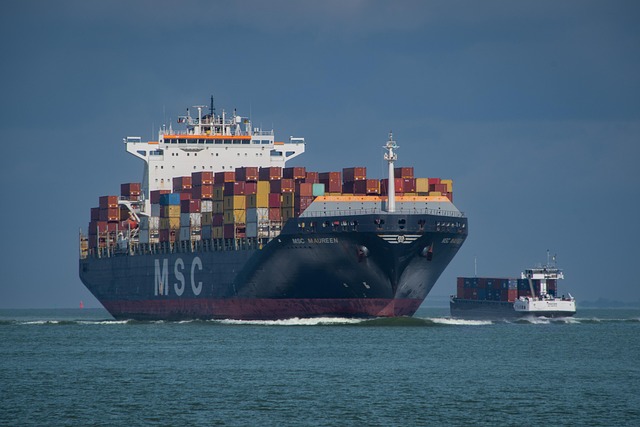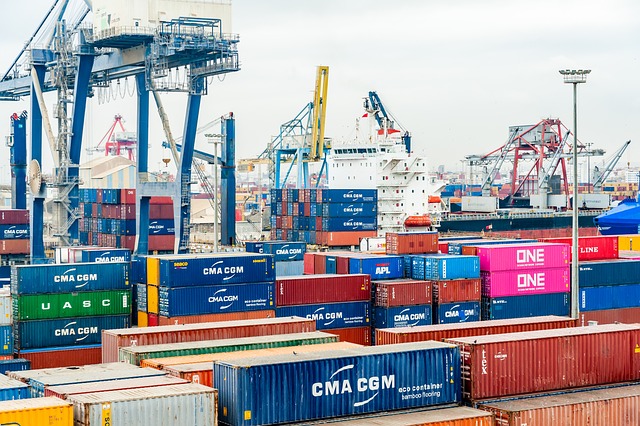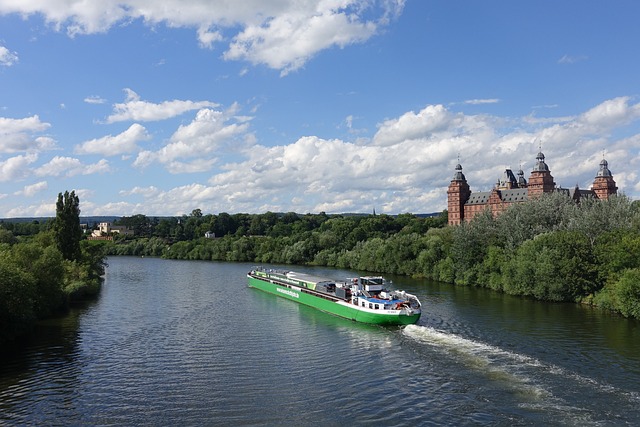Shipping container costs are influenced by a complex interplay of global and regional factors including demand, economic conditions, geopolitical events, fuel costs, and container types. Peak seasons and booming trade drive up prices, while economic downturns lower them. Regional variations stem from local demand, supply, labor, regulations, infrastructure, port congestion, taxes, and specific container needs. Accurate cost estimates require analysis of these diverse dynamics, with urban centers and remote areas experiencing varying pricing due to specialized handling and delivery challenges.
“Shipping containers are a vital component of global trade, but their costs can vary drastically across regions. This article delves into the intricate factors shaping local shipping container costs, including global dynamics and regional demand patterns. We explore how market forces, infrastructure, and geopolitical conditions contribute to variations in prices from one region to another. By understanding these nuances, businesses can optimize supply chain strategies and stay competitive in an ever-changing international trade landscape.”
- Global Factors Influencing Shipping Container Costs
- Regional Demand and Supply Dynamics
- Understanding Local Market Variations
Global Factors Influencing Shipping Container Costs

The global shipping container cost landscape is a complex web influenced by numerous factors. Fluctuations in prices can be attributed to various dynamic elements, both regional and international. One of the primary drivers is demand; during peak seasons or in regions with booming trade, shipping container costs tend to surge as supply may not meet the heightened demand. For instance, areas experiencing rapid industrialization or those with bustling ports often witness higher container rates due to increased freight traffic.
Furthermore, global economic conditions play a significant role. Economic downturns can lead to reduced shipping volumes and subsequent price drops, while robust economies stimulate trade, driving up shipping container costs. Additionally, geopolitical events like trade wars or sanctions can disrupt supply chains, causing volatility in shipping container prices. Other factors include fuel costs, which significantly impact transportation expenses, and the age and type of containers. New or high-cube containers generally command higher prices compared to used or standard models, with insulated and reefer containers (for temperature-controlled transport) often carrying premium rates due to their specialized nature.
Regional Demand and Supply Dynamics

Regional demand and supply dynamics play a significant role in shaping shipping container costs across different areas. The availability of labor, local regulations, and infrastructure can impact how much it costs to acquire, modify, and transport these containers. For instance, regions with high demand for maritime trade might experience tighter container supplies, driving up prices due to increased competition among shippers. Conversely, areas with less commercial activity may have a surplus of used containers, leading to lower cost estimates per unit but potentially higher shipping expenses to move them over longer distances.
Factors such as port congestion, local taxes, and the type of container (new, used, high cube, insulated, reefer) also contribute to regional variations in shipping container costs. A comprehensive cost analysis should consider these dynamics to provide an accurate estimate for any given region or specific project requirements.
Understanding Local Market Variations

Understanding Local Market Variations
The shipping container cost can vary significantly from one region to another due to a multitude of factors. These include local demand, availability of labor and materials, port infrastructure, and even government policies. For instance, shipping container costs in urban centers with high real estate values might be inflated due to the need for specialized handling and limited space. Conversely, remote areas may face higher shipping container cost per unit due to the challenges of delivery and the expense of transporting goods over longer distances.
Demands for specific types of containers also play a crucial role in pricing. For example, insulated or reefer containers used for perishable goods come with premium shipping container cost compared to standard 20ft or 40ft dry containers. High cube containers, which offer extra headroom, may command a higher shipping container cost due to their specialized nature and the additional structural considerations required during manufacturing and transportation.
Shipping container costs vary significantly across regions, driven by complex interactions of global factors and local market dynamics. Understanding these variations is crucial for businesses engaged in international trade. By examining regional demand patterns and local supply constraints, shippers can navigate the ever-changing landscape of shipping container costs, ensuring more efficient operations and cost optimization.
